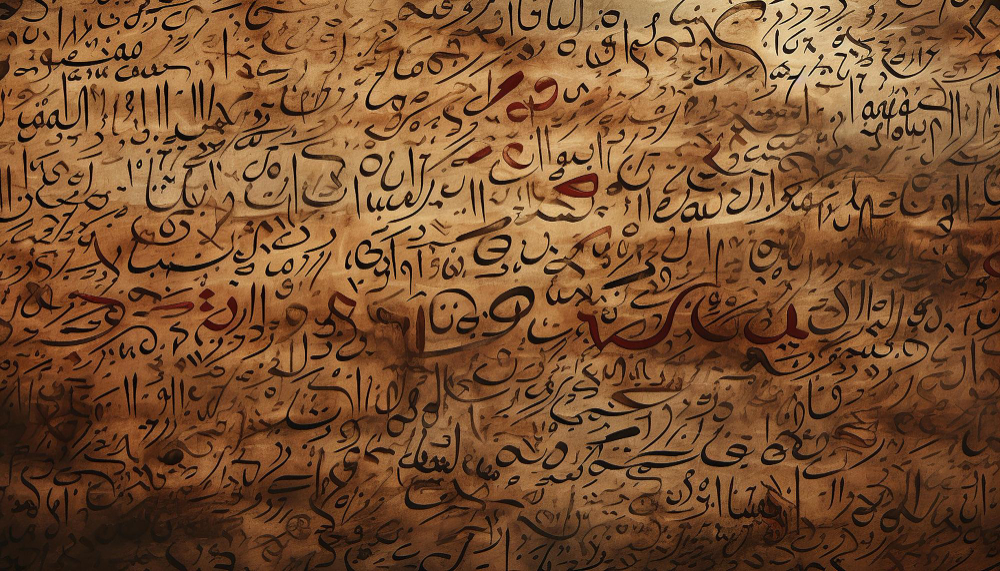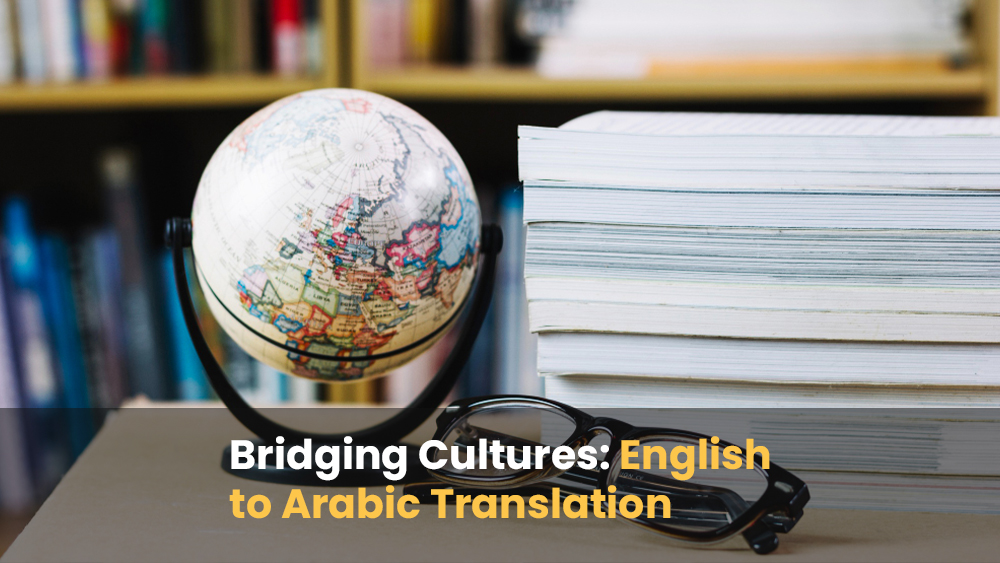The demand for English to Arabic translation services is high, primarily because Arabic markets are experiencing economic growth. This growth has led to an influx of multinational businesses seeking to expand their reach in these markets. For this reason, an understanding of the language and culture of the market is essential. Translation and localization services, therefore, emerge as key facilitators of successful business operations in these markets.
This article discusses the intricacies of English to Arabic translation and its implications for target audiences and the global marketplace.
Table of Contents
Arabic Language Background

Arabic is an Afro-Asiatic language that belongs to the Semitic branch, which includes Amharic, Syriac, and Hebrew, amongst others. It developed in the northwest Arabian Peninsula around the 8th century BCE.
During the 7th and 8th centuries, the Arabic language spread to other countries with the Muslim conquest of Northern Africa and the Iberian Peninsula. It also spread into some parts of what is now modern China.
The Arabic language has a rich history and an expressive vocabulary. It’s one of the top six languages used worldwide. Arabic is the official language in twenty-two countries, spoken by 109 million native speakers and 373 million people worldwide.
Most Arabic speakers are in Northern Africa, the Arabian Peninsula, and the Middle East. However, it’s also spoken in the U.S., Europe, Latin America, and parts of Southeast Asia.
Arabic Letters and Numbers
The Arabic alphabet has 28 letters. Unlike the English language, Arabic script is a cursive script. Its letters are usually connected when written by hand or in formal calligraphy. In addition, Arabic text is written from right to left, compared to English, which is written from left to right.
The Arabic alphabet contains 28 letters, each of which is a consonant. The alphabet is written from right to left; however, the individual letters are not separated. Instead, Arabic letters are written in a cursive style, so the letters are joined together. The cursive style of Arabic flows smoothly and beautifully from one word to the next. This method of writing also makes the words faster to write.
Despite the language’s written direction is right-to-left, Arabic numbers are written from left to right, just like in English. This surprising fact adds to the intrigue of the Arabic language.
The numerical system commonly used in today’s English, known as Arabic numerals (0123456789), was originally developed by Arabs. Interestingly, the digits used in the Arabic language actually originated from Hindi numerals (٠١٢٣٤٥٦٧٨٩). In the past, Arabs referred to these numerals as Hindi, while Europeans referred to them as Arabic, leading to some confusion. To clarify, when I mention “Arabic numerals,” I am referring to the Western usage of these numerals (0123456789), which were introduced to Europe through trade routes connecting North Africa and the European mainland approximately 1,000 to 1,200 years ago. As a result, it was the Arabs who played a significant role in inventing the numerical system that is widely used today in English and other Western languages.
Classical Arabic and Its Influence
Classical Arabic is the foundation of the modern Arabic language. It has influenced literature, religious texts (such as the Qur’an), and formal communication. Translating content into Classical Arabic requires a deep understanding of its grammar, syntax, and cultural nuances, especially in contexts related to religion, academia, and literature.
Modern Standard Arabic MSA
Modern Standard Arabic MSA is the formal written and spoken language of the Arabic world. It unifies communication across diverse media, education, and government contexts. Translating content into MSA ensures accessibility and comprehension across different Arabic speaking regions.
While MSA acts as the lingua franca of Arabic speakers, regional dialects, including Egyptian Arabic and Levantine Arabic, are commonly used. Regional dialects hold cultural and emotional significance for their respective speakers.
Tailoring a translation to reflect these regional dialects enhances authenticity and fosters a deeper connection with the target audience.
Conclusion
English-to-Arabic translation is a complex process that goes beyond word-for-word conversion. It requires a deep understanding of cultural contexts, regional variations, and linguistic nuances to effectively bridge cultures and establish for companies interested in Arabic markets.
Leveraging human expertise and machine learning can help multinational organizations unlock the full potential of English to Arabic translation, establishing meaningful connections with Arab audiences worldwide.
Read more
- Language Support in Video Games: Enhancing the Gaming Experience
- Difference Between a Language and a Dialect
- Better Translation, Better Sales: Essential Tips for Translating E-Commerce
- Precision in Meaning: Specialized Translation for Industry
- Translation Excellence: The Role of MT Quality Estimation
- Global Accessibility: The Role of Subtitles and Captions in Media
- The Difference Between SLV and MLV in Localization
- From Local to Global: The Journey of Internationalisation
- Unlocking Global Markets with SEO Translation
- Adapt or Fail: Why Localization Strategies Are Vital For Global Success
- The Pandemic’s Impact on Translation Industry
- Navigating Cultural Resonance Through Transcreation
English to Arabic Translation FAQs
What is the difference between Classical Arabic and Modern Standard Arabic MSA?
Classical Arabic is used in the Qur’an and classical literature. Conversely, Modern Standard Arabic (MSA) is the standardized form used in contemporary written and formal spoken communication.
How important is localization for English to Arabic translation?
Localization is crucial for adapting content to Arabic-speaking audiences’ cultural preferences and linguistic nuances, enhancing engagement and resonance. Simply translating content word-for-word from English to Arabic may not correctly convey the intended message or resonate with the target audience.
Can machine translations replace human translators for English to Arabic translation?
While machine translations are highly efficient, human translators bring the cultural sensitivity and linguistic expertise necessary for accurate and appropriate communication.
What role do native speakers play in English to Arabic translation?
Native speakers provide invaluable insights into the nuances of the Arabic language, ensuring authenticity and resonance with the target audiences. They have a deep grasp of the language’s grammar, syntax, and vocabulary.
Why is it crucial to consider regional dialects in Arabic translation?
Considering regional dialects is crucial in Arabic translation. Arabic-speaking countries have significant linguistic diversity, with each region having its own distinct dialects, accents, and cultural nuances.
